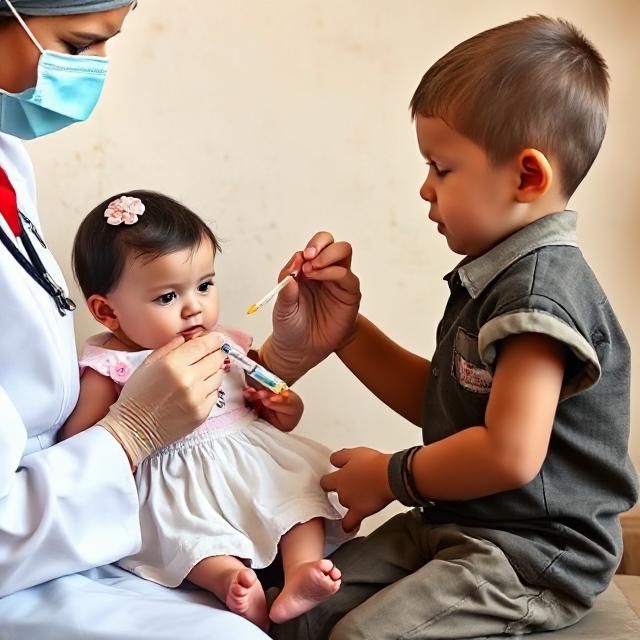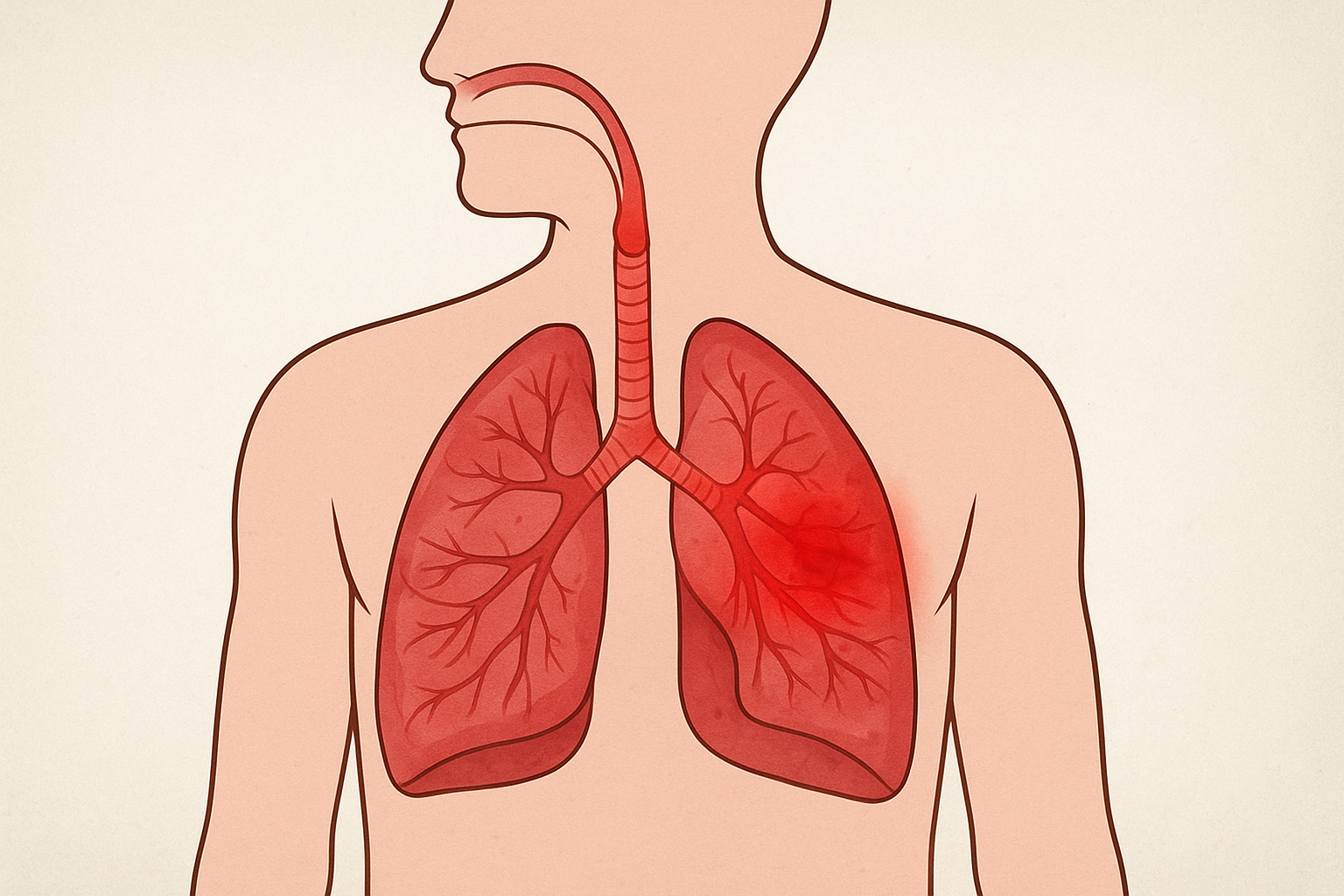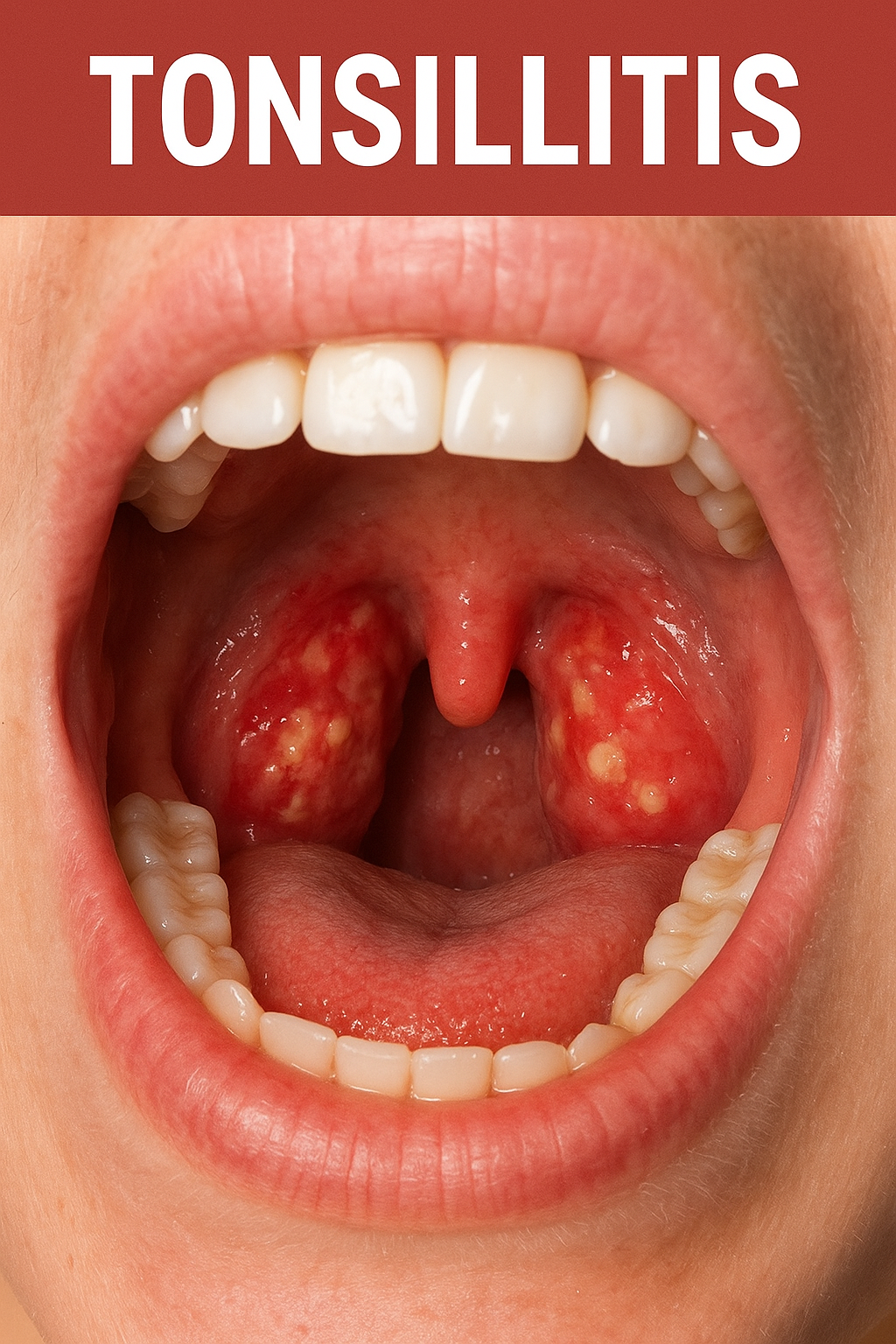Poliomyelitis, commonly known as polio, is a highly infectious viral disease caused by the poliovirus. It primarily affects children under the age of 5, attacking the nervous system and, in severe cases, causing paralysis or death.
Although polio has been eliminated in most parts of the world, sporadic cases still occur, especially in regions with low vaccination coverage.
🦠 How Does Polio Spread?
Polio spreads mainly through the fecal-oral route, meaning the virus enters the body through contaminated food or water. It can also spread via:
- Direct contact with an infected person
- Contaminated hands or surfaces
Once inside the body, the poliovirus multiplies in the intestine and can invade the nervous system, sometimes leading to permanent damage.
⚠️ Symptoms of Polio
In many cases, polio infection is silent, especially in mild or early stages. But in some, it progresses dangerously.
👶 Common Forms of Polio:
1. Non-Paralytic Polio
- Fever
- Headache
- Sore throat
- Vomiting
- Muscle stiffness or spasms
2. Paralytic Polio (rare but severe)
- Sudden onset of limb weakness or paralysis
- Muscle wasting
- Difficulty breathing or swallowing
- Permanent disability in some cases
3. Post-Polio Syndrome (years later)
- Muscle pain and weakness
- Fatigue
- Difficulty walking
🔬 Diagnosis of Polio
Polio is diagnosed through:
- Stool sample testing (to detect poliovirus)
- Throat swab or blood test
- Lumbar puncture (to check for virus in cerebrospinal fluid)
💉 Polio Vaccination: The Only Reliable Prevention
Vaccination is the most effective way to prevent polio.
Types of Polio Vaccines:
1. Oral Polio Vaccine (OPV)
- Live attenuated virus
- Given by mouth
- Provides gut immunity
- Used in mass immunization campaigns
2. Inactivated Polio Vaccine (IPV)
- Injected into muscle
- Safer in immunocompromised individuals
- Used in most developed countries
🗓️ Polio Vaccine Schedule (WHO-recommended)
- Birth dose (OPV-0)
- 6, 10, and 14 weeks (OPV + IPV)
- Booster doses in later childhood
🌍 Global Polio Eradication Efforts
The Global Polio Eradication Initiative (GPEI) has reduced polio cases worldwide by over 99% since 1988. However, polio is still endemic in some countries like:
- Pakistan
- Afghanistan
Barriers to Eradication:
- Vaccine hesitancy
- Political instability
- Misinformation
- Poor sanitation
🧼 How to Prevent Polio Spread
- Ensure complete vaccination in children
- Promote hand hygiene and sanitation
- Avoid food/water from unhygienic sources
- Encourage community-level vaccination drives
✅ Final Thoughts
Polio is a preventable yet potentially devastating disease. With global collaboration and consistent vaccination efforts, we are closer than ever to eradicating polio permanently. Every child deserves protection — and that begins with awareness, education, and action.
📍Stay informed. Visit medscapeus.com for trusted, up-to-date medical education and disease prevention blogs designed for families, caregivers, and professionals.



